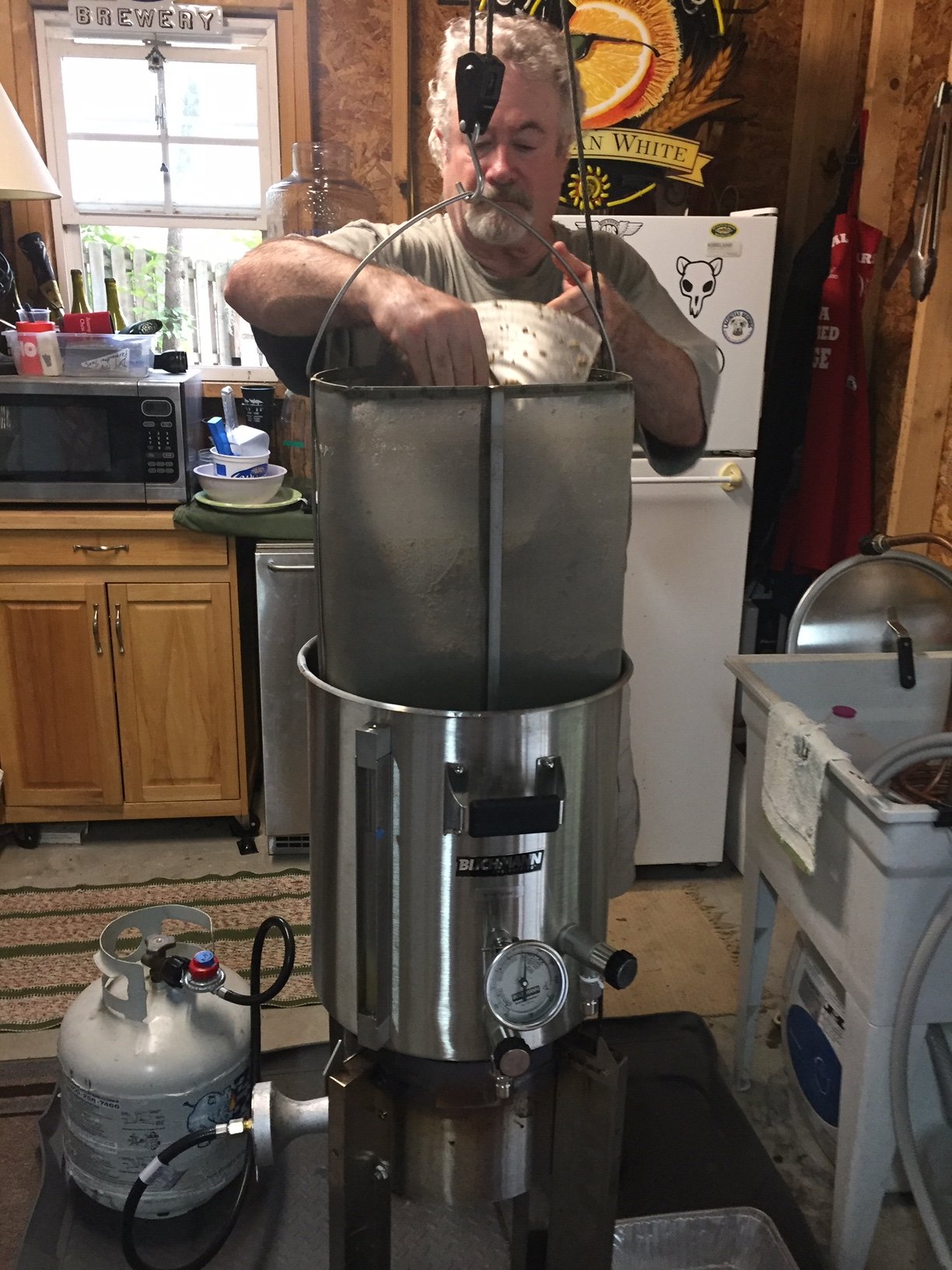Yes, I'm trying to create an easier brewday, but I'm also fully aware of Murphy's Law on brewday with new setups. Lol. Until I build a stand/hoist or whatnot I'm sure there will be a little more running around than with a process I'm familiar with.
As of right now, I don't have anywhere to mount a pulley so I'll be doing some jury-rigging for a little bit. Again, fully expect Murphy to show up at some point. Maybe with few BIABs and a more permanent hoisting solution I'll lessen my paranoia...
I, obviously, haven't used a bag or basket but it seems like the results are similar from what others have posted.
@Morrey uses a D-shaped basket which separates a lot more water from the grains, and he is reporting great efficiency. I think as long as water is getting to the grain it shouldn't matter you're just, in theory, decreasing your grist ratio.
I have a bag so that's what I'll use for the time being and maybe permanently but If I do decide to upgrade it'll be to a 15 gal kettle first. Then maybe a basket who knows!?






































![Craft A Brew - Safale S-04 Dry Yeast - Fermentis - English Ale Dry Yeast - For English and American Ales and Hard Apple Ciders - Ingredients for Home Brewing - Beer Making Supplies - [1 Pack]](https://m.media-amazon.com/images/I/41fVGNh6JfL._SL500_.jpg)




















